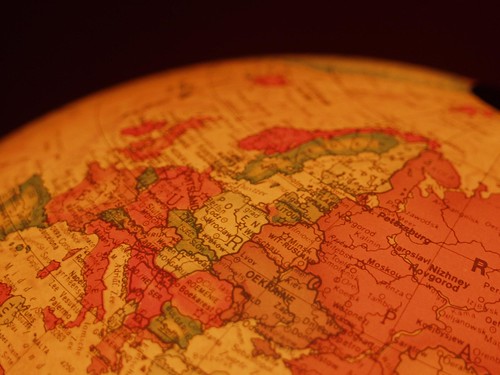Polish belongs to the west Slavic group of languages of the Indo-European language family, which in turn is part of the Nostratic macrofamily. Poles use the Latin alphabet. Literary Polish developed during the sixteenth century and is based on the speech of educated city people, upper class usage, and the Great Polish and Little Polish Dialects. Starting in the nineteenth century, technological and cultural changes introduced a new vocabulary. During the 1920s and 1930s, there was an attempt to coin and introduce a Polish-derived vocabulary for the newly diffused technology. Otherwise, the new vocabulary is taken from German, Latin, Russian, and English. The spelling of diffused words is changed to reflect the Polish alphabet.
Geographical areas have distinct speech patterns. Most Poles can identify people’s places of origin by their speech. The major dialects are: Great Polish in the northwest centered on Poznań; Kuyavian, east of “Great Poland”; and Little Polish, around Cracow. Kashubian, with about 200,000 speakers along the Baltic coast, has its own orthography and literature. The Slovincian dialect of Kashubian could be considered a separate language.

Image by rogiro on Flickr.com
Polish first appeared in writing in 1136 in the “Gniezno papal bull” (Bulla gnieźnieńska), which included 410 Polish names. The first written Polish sentence was “day ut ia pobrusa a ti poziwai” (I’ll grind [the corn] in the quern and you’ll rest), which appeared in Ksiega henrykowska in 1270. In Modern Polish spelling that sentence is “daj ać ja pobruszę, a ty poczywaj”.
Do następnego razu… (Till next time…)





